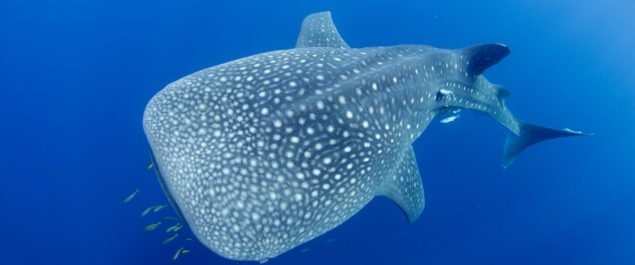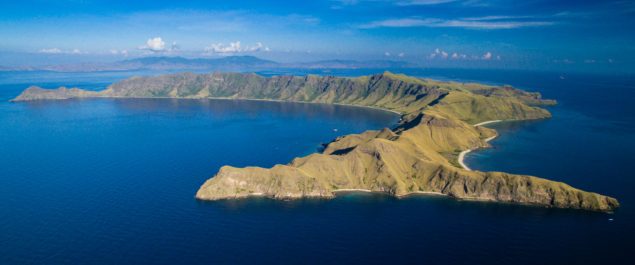Is Bali diving opening soon? This is a common question that we regularly receive. It’s been almost two years since we’ve been able to welcome divers to Bali. Although it’s not open yet, the news is becoming more positive. Soon there will be direct flights to Bali, visitors will be able to do their eight day quarantine on location instead of in Jakarta. However, a business visa is needed, tourist visas are still not available. We hope this will change in 2022 and we can welcome everyone back!
With tourism at all time lows, there is not much news out there about Indonesian diving. As Bali diving may have fallen out of the minds of many, we thought a quick refresher would help. Bali is well known as the gateway to Indonesia. Many know it as a land of surfing, culture, and beautiful scenery. However, it offers incredible attractions underwater as well. In fact, Bali is one of the most diverse areas of scuba diving in Indonesia. From bizarre looking sunfish to fingernail sized critters of the black sand, any keen diver will find something to suit their interests. Let’s take a deeper look into exactly what Bali diving has to offer.
Pelagics and Mega Fauna – Bali Diving Opening
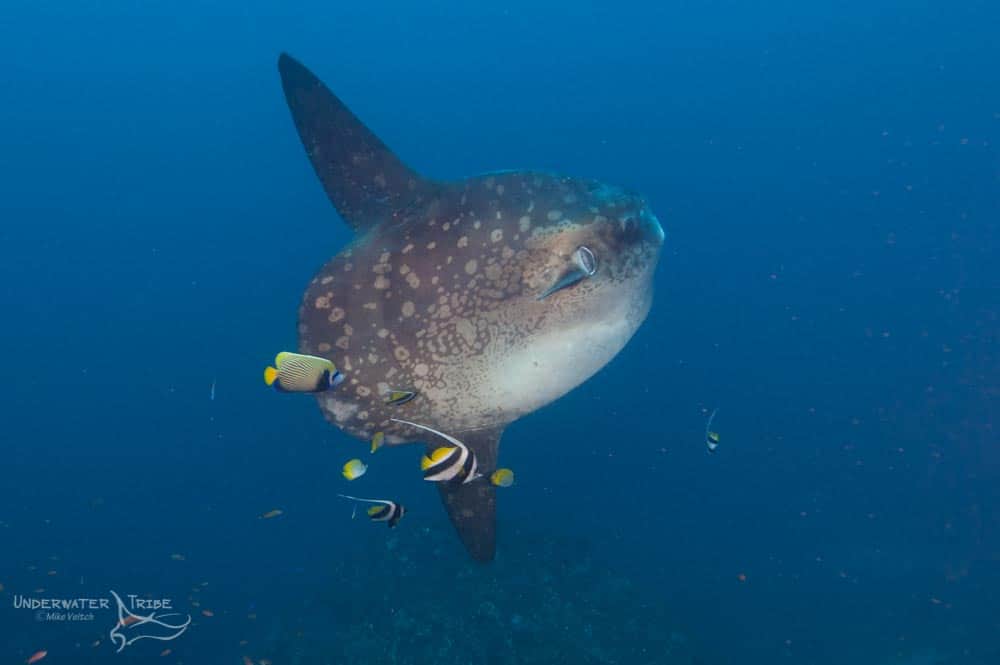
Bali is well known as a sunfish hotspot. The Mola alexandrini, also known as the southern sunfish, is the largest bony fish in the world. Bali is lucky to be one of the places where these bizarre looking fish visit on a regular basis. The islands of Penida, Lembongan, and Ceningan, off the east coast, are often the best places to spot them. Not to be outdone, the Padang Bai/Candidasa area also attracts them during the high season. Reaching up to three meters in size with a weight of over 2000kg, they truly are a giant fish. The best time to find them is from June to October when the water is below 23C.
Not to be outdone by the ungainly looking mola, manta rays are another mega fauna found in Bali. Present year round on the island of Nusa Penida, the dive site Manta Point is the place to be. These graceful giants are often seen by the dozen, hovering over several different cleaning stations on the site. A day trip to Nusa Penida is the best way to experience diving with manta rays as they are rarely found elsewhere in the area.
The Nusa Penida area is certainly the place to be for pelagic encounters. Although not common, we also run into dolphins, whale sharks, and thresher sharks here. The offshore nature of the islands and their oceanic currents often attract oceanic species. Heck, even a great white shark was spotted on a dive site here a few years ago!
Bali Diving Opening – Shipwrecks
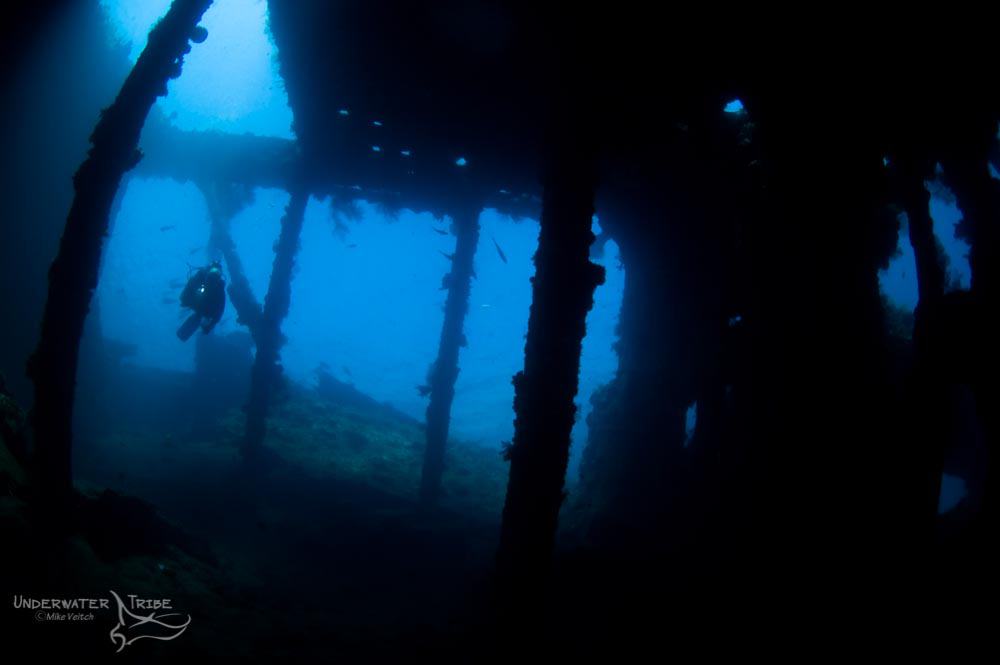
Although not a magnet for wreck divers such as Chuuk, Bali is home to a few wrecks worth a visit. Perhaps Balis most famous and popular dive site is the USAT Liberty Wreck in Tulamben. This 100 year old ship was a US cargo ship that was torpedoed by a Japanese submarine in 1942. After beaching on the shores of Tulamben before it could sink, the ship was pushed into the sea by an earthquake associated with the 1963 Mt Agung volcanic eruption.
The Liberty is one of the most famous dives in the world and is easily accessible for divers of all levels. Starting at five meters, this 100 meter long wreck is covered in colorful corals. Schools of fish, friendly turtles, anemones galore, and a lot of tiny critters can all be found here. Due to its size, it needs at least two dives to explore it properly. We suggest staying in the Tulamben area when diving this site in order to dive it at night or the early morning as well.
A few kilometers up the road lies the recently sunk Kubu wreck. This coastal trader was purposely sunk as a new wreck to explore. Although not as large as the Liberty, the Kubu wreck is deeper and does require more experience to dive. The silhouette of the ship provides a wonderful opportunity for underwater photographers. Although not as large as the two Tulamben area wrecks, there are a few other ones to explore in Bali. The “Japanese Wreck” in Amed is colorful and full of tiny fish that snorkelers can also explore. There are a few small wrecks on the offshore islands of Lembongan and Penida.
Coral Gardens
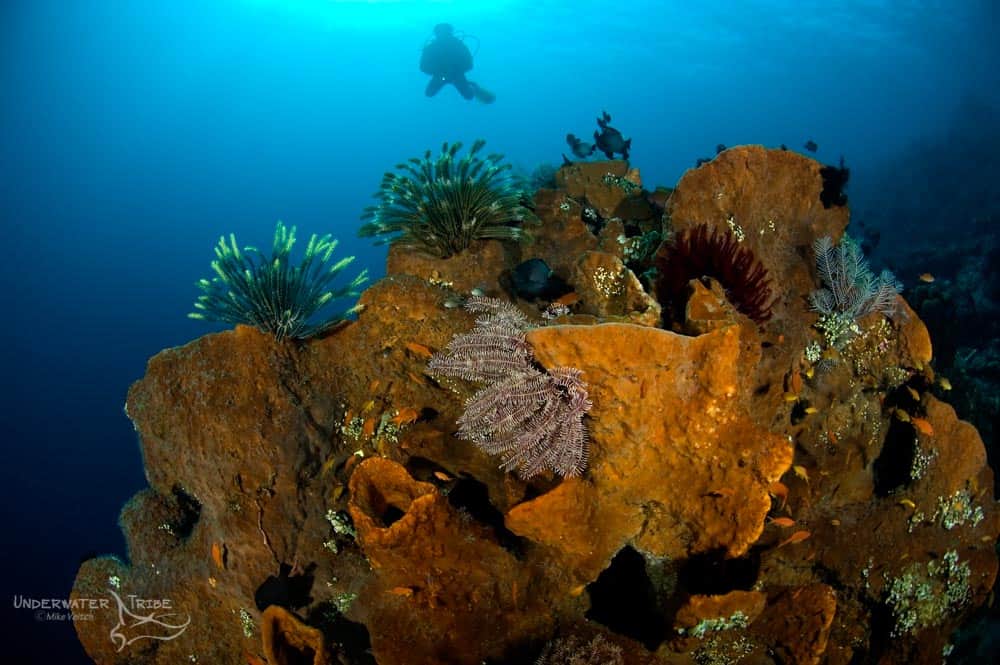
One of the incredible attractions of diving in Indonesia is the quality of coral growth found throughout the country. Due to its position at the centre of the “Coral Triangle”, Indonesia and Bali have the most diverse coral in the world. Bali itself has a varied mix of both coral reefs and black sand diving. The best locations for coral lovers include Nusa Penida and Menjangan. These offshore islands receive nutrients from ocean currents that are perfect for the growth of both soft and hard corals.
Another area of beautiful coral growth is the Amed region. From the southern island of Gili Selang to the “Pyramids” region in the north, the sloping reefs boast beautiful corals. Both snorkelers and divers can enjoy these reefs as many are very shallow. The intricate hard coral gardens are home to colorful anthias and damselfish that bring the reefs alive.
Macro and Critters
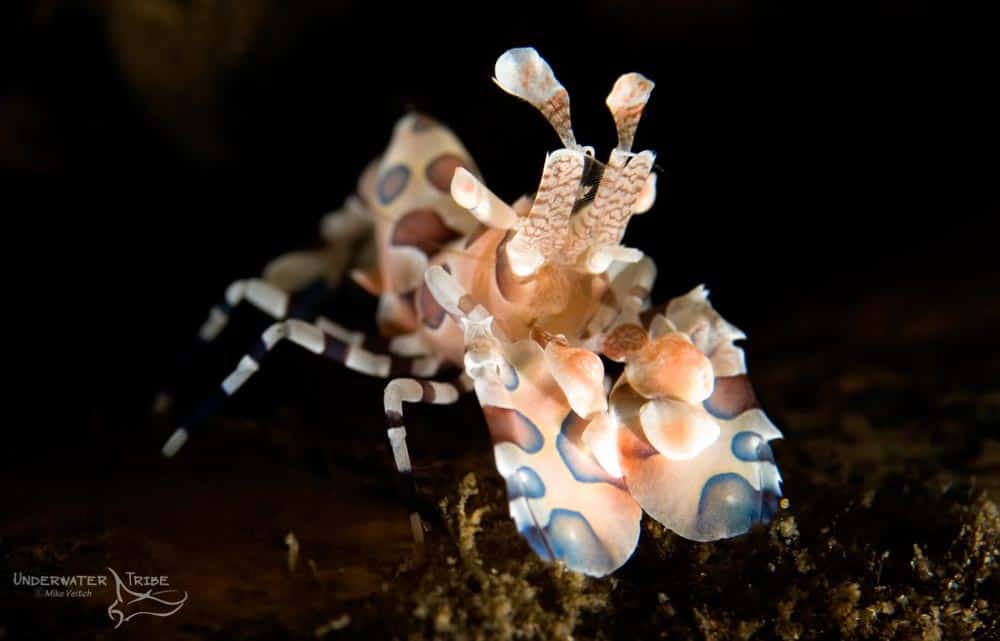
Bali is well known as one of the worlds top destinations for macro enthusiasts. The black sand areas of the north and north east are particularly critter rich. Octopus, nudibranchs, frogfish, and pipefish are only the tip of the iceberg. The volcanic sands and small river beds of the area are the perfect combination for critters. What is unique about Bali critter diving compared to other popular destinations is the clarity of the water. The offshore currents typically keep the black sand sites clear, a nice change of pace from Lembeh or Ambon.
For underwater photographers, Bali’s diving is one of the most unique destinations. During a one week diving safari it’s possible to encounter manta rays, molas, octopus, coral reefs, pygmy seahorses, and even a rhinopia. The photo opportunities are extraordinary and please both wide angle and macro enthusiasts. If you would like to know which areas offer what style of diving please visit our What to Expect article about diving in Bali. Bali diving opening will hopefully happen soon and we are looking forward to welcoming our friends back to the “Island of the Gods”.
